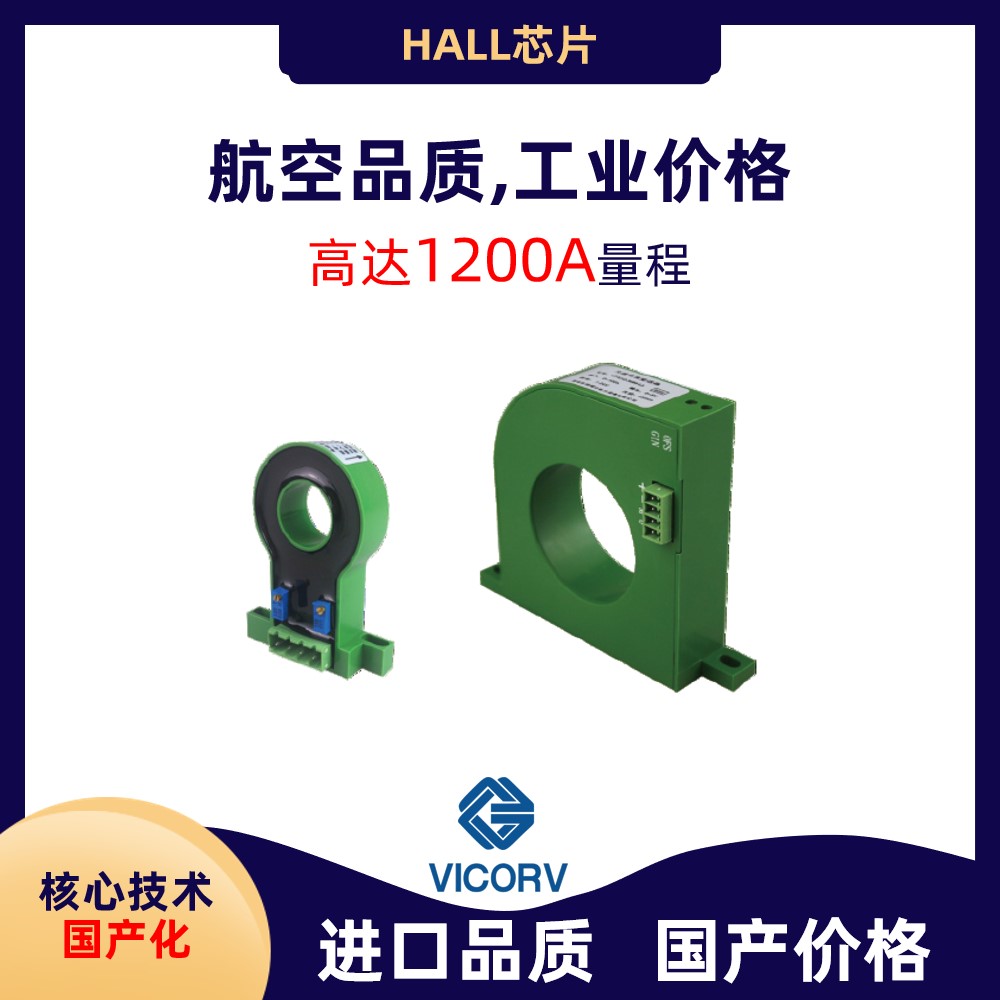Current Sensor Tutorial - Weikewei - Free Technical Manual
After reading the series of articles on current sensing, you will have a solid understanding of the basics of current sensing, devices used for current sensing, how to calculate the accuracy of solutions, and printed circuit board (PCB) layout and troubleshooting guidelines. This article discusses the basic principles of current sensors, including direct and indirect detection, input common mode voltage, high-end and low-end detection, directionality, and output requirements.
Why is current sensing important?
Knowing the amount of current to be transmitted to the load is useful in many applications. For example, in low-power consumer products, the power supply current can be monitored to understand the impact of the system on battery life. The load current can also be used to make safety critical decisions in overcurrent protection circuits. In motor control, understanding the magnitude and direction of the current can tell you the speed and direction of the motor. Finally, a testing device can be developed to monitor all power supply currents to understand the performance of system components. For common mode voltage, directionality, and accuracy, each of the above applications has different design requirements.

電流傳感器type
There are two types of current sensing: direct and indirect. Indirect current sensing is based on Ampere's and Faraday's laws. By placing a coil (such as a Rogowski coil) around a current carrying conductor, a voltage proportional to the current is induced at both ends of the coil. This allows for non-invasive measurements where the sensing circuit is not electrically connected to the monitored system. Due to the lack of direct connection between the sensing circuit and the system, the system is inherently isolated. Indirect current detection is typically used for load currents in the range of 100A-1000A. However, this type of sensing requires relatively expensive sensors and is not conducive to sensing current on the PCB.
DC sensing is based on Ohm's law. By placing a shunt resistor in series with the system load, a voltage proportional to the system load current will be generated at both ends of the shunt resistor. The voltage across the shunt can be measured using differential amplifiers, such as current shunt monitors (CSM), operational amplifiers (op amps), differential amplifiers (DAs), or instrumentation amplifiers (IAs). Due to the shunt resistor and sensing circuit being electrically connected to the monitored system, this method is an invasive measurement of current. Therefore, when current isolation is not required, direct sensing is usually used. The shunt resistor can also dissipate power, which may be undesirable. DC sensing is commonly used for<; A load current of 100A.